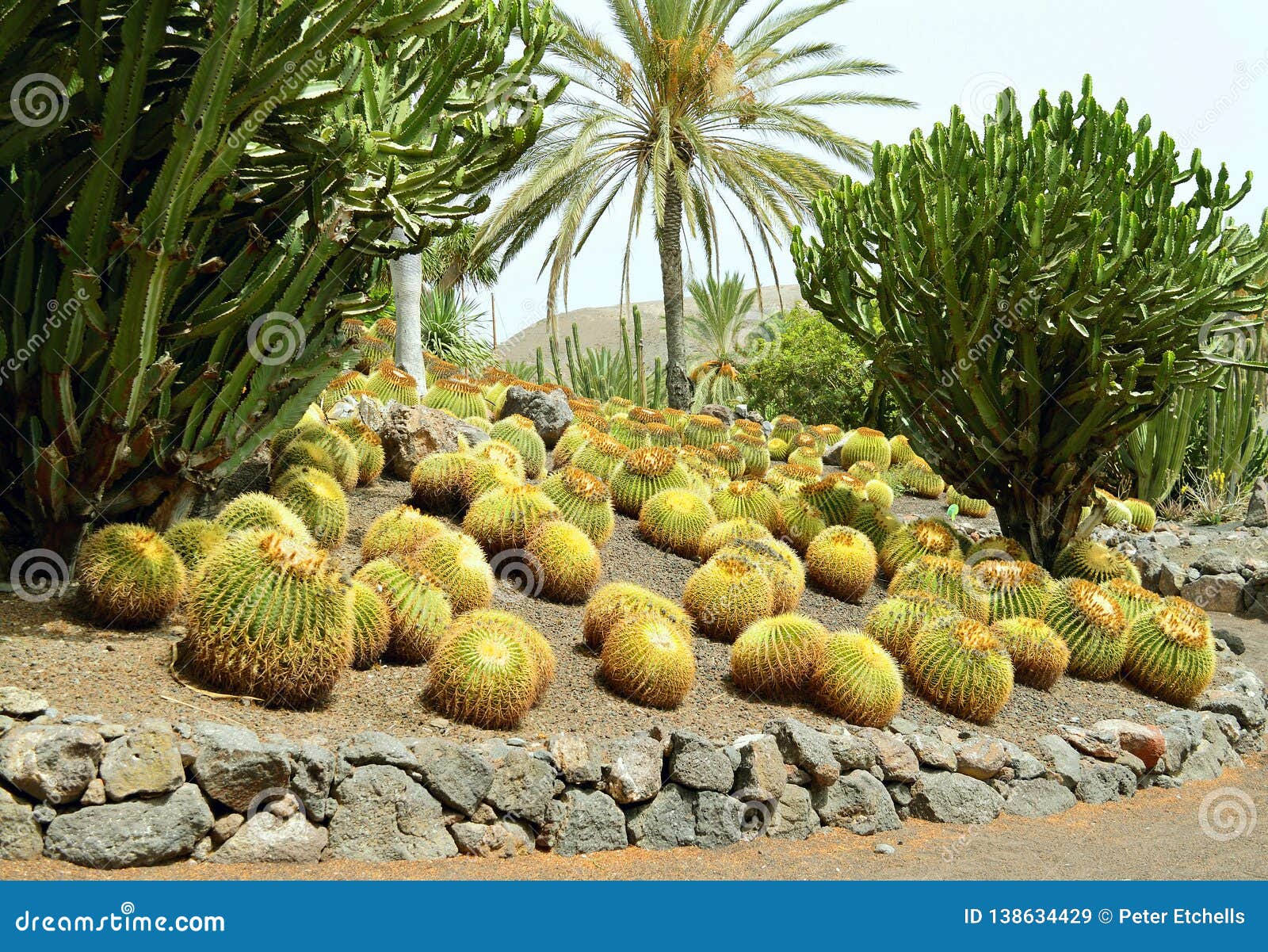The barrel cactus, often enthralling to gardening enthusiasts and botany aficionados alike, is a fascinating subject of study. Beyond its striking appearance and resilience to arid climates, its Latin nomenclature and classification offer insight into the plant’s evolutionary narrative. Understanding the barrel cactus’s Latin name—Echinocactus—along with its broader taxonomic hierarchy, not only deepens one’s appreciation for this unique species but also reveals its significance within the plant kingdom.
To embark on this exploration, we will dissect the Latin name Echinocactus, delve into the classification taxonomy, and uncover the ecological roles that barrel cacti play within their native habitats.
Decoding Echinocactus: An Etymological Expedition
The term “Echinocactus” is a composite derived from two Greek words: “echinos,” meaning hedgehog, and “cactus,” which refers to the family of thorny, succulent plants. This nomenclature is reflective of the plant’s prickly exterior, reminiscent of a hedgehog’s spines—a fitting description for its physical attributes. The Latin name encapsulates the essence of this remarkable plant, conjuring imagery of robustness and tenacity in an oft-harsh environment.
Within the genus Echinocactus, there are multiple species, each exhibiting unique characteristics, yet sharing common traits that align them under this banner. Notably, the barrel cactus takes on a cylindrical shape, often growing to resemble large, green barrels sitting majestically against the desert backdrop. The visual aesthetics are complemented by a tapestry of colorful flowers, which bloom at the apex of these cacti during the growing season, showcasing shades of yellow, red, or purple—vivid bursts of color against the arid landscape.
The Latin classification further organizes Echinocactus into the family Cactaceae. This taxonomical hierarchy underscores its relation to other cacti, linking it to the rich diversity found within this plant family. The Cactaceae family encompasses a wide array of cacti, each adapted to various climates and ecological niches, yet the barrel cactus, with its impressive stature and distinct morphology, often serves as a quintessential symbol of the cactus family.
The Taxonomic Tree: Where Does Echinocactus Fit?
Understanding the classification of Echinocactus involves traversing the hierarchical structure of biological taxonomy. Organizing life forms into categories—domains, kingdoms, phyla, classes, orders, families, genera, and species—offers an insightful perspective on relationships among organisms and their evolutionary trajectory.
At the top of the hierarchy sits the domain, which categorizes all living organisms into three primary groups: Archaea, Bacteria, and Eukarya. Echinocactus resides within the Eukarya domain, characterized by cells with a nucleus. Delving deeper, we find that Echinocactus falls under the kingdom Plantae, where it is further classified into the phylum Tracheophyta, encompassing vascular plants.
Within the phylum, Echinocactus is categorized into the class Magnoliopsida—also known as dicotyledons—recognizing the species features two embryonic leaves. Continuing down the hierarchy, it lands in the order Caryophyllales, a testament to its relationship with flowering plants, many of which are adapted to arid environments.
The family Cactaceae includes both Echinocactus and myriad other cacti. Distinct characteristics define this family, such as the development of spines as modifications of leaves, water-storing stems, and a specialized photosynthesis method called CAM (Crassulacean Acid Metabolism) that enhances survival in arid conditions. This feature enables cacti to conserve water by opening their stomata at night, minimizing transpiration during the day—a remarkable evolutionary adaptation.
The Ecological Significance of Barrel Cacti
Beyond their classification and fascinating Latin nomenclature, barrel cacti play a pivotal role in their ecosystems, serving both flora and fauna. Thriving in the arid expanses of the United States and Mexico, particularly in the Sonoran Desert, these cacti are succulent stalwarts of their environment.
The ecological contributions of Echinocactus are manifold. These cacti not only stabilize the soil with their extensive root systems, preventing erosion in typically dry and sandy substrates, but they also provide critical shelter and sustenance for a plethora of wildlife. Small mammals, birds, and insects often take refuge among the protective spines, while the flowers serve as a nectar source for pollinators, including bees and hummingbirds.
Furthermore, the barrel cactus itself is a resilient oasis of life. During times of drought, these cacti serve as water reservoirs for not only the local fauna but also for humans who may seek hydration in challenging environments. The fruits that develop post-pollination are edible and often consumed by desert-dwelling creatures, ensuring a continuous cycle of life amidst the unforgiving terrain.
Conclusion
The intricate relationship between the Latin name Echinocactus, the taxonomic classification, and the ecological functions of barrel cacti encapsulates the beauty and complexity of the natural world. The barrel cactus is more than a mere visual spectacle; it epitomizes adaptability and resilience, characteristics that extend beyond the desert’s parched landscape into realms of ecological interdependence.
By exploring the Latin nomenclature and classification of barrel cacti, one gains not only a deeper appreciation for these prickly entities, but also a broader understanding of how every species—cacti included—has a story to tell, intricately woven into the fabric of life on Earth.





Leave a Comment